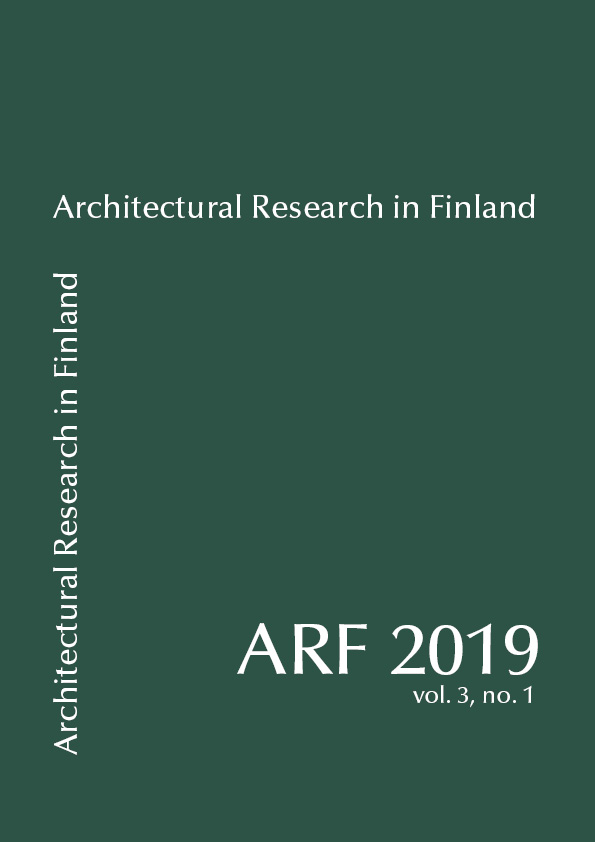Smart Principles for Knowledge-based Urban Development
Case Finnish Railway Station Areas
DOI:
https://doi.org/10.37457/arf.121660Keywords:
smart city, railway station, urban planning, urban development, innovation policyAbstract
Cities undergo continuous transformation processes, which have unique characteristic manifestations over time. The changes in many Finnish cities currently focus on the vicinity of railway station areas due to changes in regional structures and rail transport, as well as the densification of city centres. The enthusiasm for this kind of development is also increased by the special features of railway station areas, which seem to provide opportunities for new kinds of local economic and innovation policies. Railway station areas are also favourable locations for the application of various smart city technologies and services. In this article, we analyse the development of Finnish railway station areas as part of a wider continuum of urban development where both economic and innovation policies unify with urban planning. Case studies confirm our outlook of knowledge-based urban development transitioning to a new phase. This provides the prerequisites for interesting connections between railway station areas, the concept of a smart city and open innovation. One of the aims of our article is to bring together various themes that are brought up in smart city discussions and urban planning by introducing new kinds of spatial planning principles, which can be placed in three categories: 1) smart profiling, 2) smart design and 3) smart innovation.




